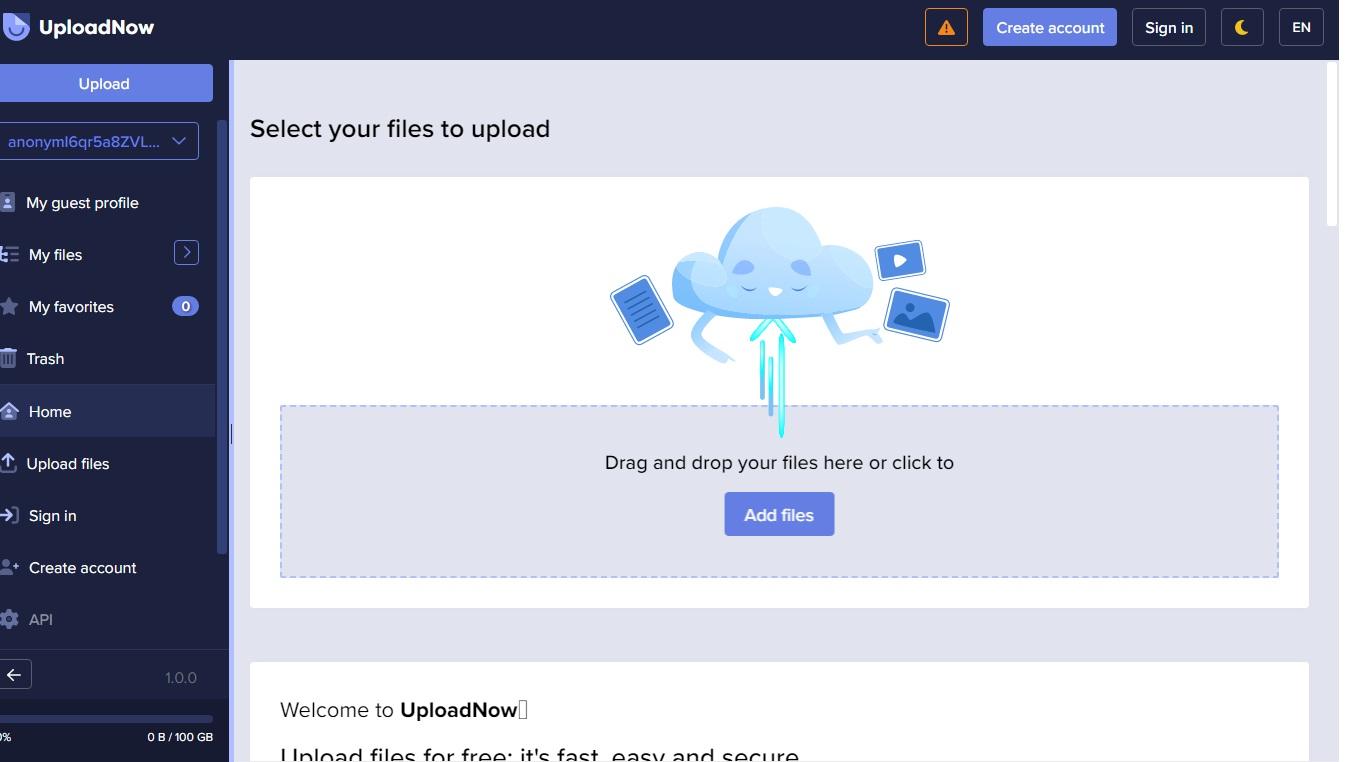Have you ever tried to transmit a huge file to someone via the internet only to discover that the email service you use has a file size limit? Or perhaps you want to share a film or a presentation with your coworkers but are reluctant to sign up with a cloud service or pay for additional storage. You're in luck if you're seeking a simple way to send large files free no registration.
We'll show you five ways to achieve just that in this blog post.
Tip 1: Use a file transfer service.
Using an online transfer service is one of the simplest ways to send large files for free. These are websites that enable you to upload a file and produce a link that you may share with anyone. The recipient can then use the link to download the file without having to register or install anything.
Tip 2: Use a compression tool.
Another way to send large files for free is to reduce their size by using a compression tool. Compression tools are software that can shrink the size of your files by removing unnecessary data or using algorithms to encode them more efficiently.
Tip 3: Use a split tool.
If your file is too large even after compression, you can try using a split tool. This type of tool is usually free online software that allows you to divide your file into smaller chunks. These chunks can be sent separately and recombined later.
Tip 4: Use a torrent client.
Another way to send large files for free is to use a torrent client. Torrent clients are software that can create and share peer-to-peer (P2P) networks where users can exchange files without relying on a central server. To use a torrent client, you need to create a torrent file that contains information about your file and upload it to a torrent tracker or magnet link.
Then, you need to share the torrent file or magnet link with your recipient, who can download the file using their own torrent client.
Tip 5: Use a portable drive.
The last way to send large files for free is to use a portable drive. A portable drive is a physical device that can store your files and be plugged into any computer. Portable drives come in different shapes and sizes, such as USB flash drives, external hard drives, or SD cards. To use a portable drive, you need to copy your file onto the device and deliver it to your recipient in person or by mail. You can rely on some of the advantages of using a portable driver.
Bottom line
Sending large files for free no registration is not impossible. With these five tips, you can choose the best option for your needs and preferences. Whether you use a file transfer service, a compression tool, a split tool, a torrent client, or a portable drive, you can share your large files with anyone without hassle.
